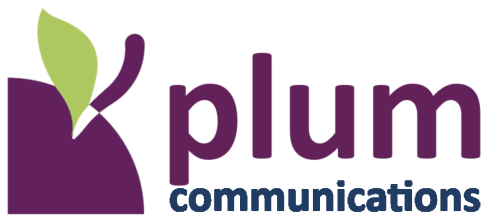Two years ago I wrote a post about 4 tools we could not do without, and number four was our Cloud IP phone system 3cx. Back then we had only been using it for a few months, so I thought now would be a good time to update our experiences.
Back in 2020 I wrote the following about the system
We switched from an office-hosted ISDN phone system to cloud-based 3cx just two months ago. Boy are we glad we did! 3CX works seamlessly when we are in the office, working as a traditional system with desktop extensions. When we were forced to work from home, switching the extensions to home was a doddle. Again, because everything is hosted in the cloud, all management of the system can be done online, anywhere with a connection to the web.
This was written in the height of COVID lockdown, so two years on when we are back in the office, am I still such fan? The simple answer is yes!
I’m no longer tied to the desk
We can’t get away from the fact that or clients value the ability to talk to us on the phone, so historically that meant either giving people mobile numbers or being sat at my desk. Now however as long as I tell the system where I am, when someone rings our main phone number I can have it ring at my desk, on my phone at home, on my mobile, or on a combination of all of them. And most importantly, if I don’t want to be disturbed, I can have it go straight to voice mail or our answering service. In this, I have full flexibility to be out and about, whilst still being fully available when I need to be.
The same come when managing the system, as its based on a Google cloud server and accessible via a web browser, I can access the management interface from anywhere to edit or add users, or to perform system management. True flexibility.
The cost is down too
Whilst we did not undertake the switch to save money, compared to our old PBX the new system is definitely much more cost effective. Whilst there was an initial investment in handsets, unlike the old pbx, these are system agnostic so even should we need to switch to a different system, we could use the same handsets.
Furthermore, other than the handsets and a small piece of kit running on a low cost raspberry pi, there is no hardware either to buy or go wrong. Whilst we could have run the system locally on a PC on site, we went for the option of running it in the cloud on a Google server. As this was an option when we installed the system “Click here to install on a Google cloud server”, there was little technical knowledge required to get it up and running and whilst we do have a support contract on the system, in the last 2 years we have only called on it once.
Finally where cost is concerned, we also now have significantly more flexibility over the number of lines we have available (how many simultaneous calls we can make). With the PBX we were restricted to 8 lines using an ISDN 30 line. Now we can add and remove trunks at will. Whilst we started with 8, we have been able to reduce this to 4 without impacting usability now we have a clearer understanding of how people use the system.
Improved functionality
Being a fully IP system, 3cx has much more functionality compared to our old system. Voicemail, which previously was a separate system, is now fully integrated as are other communications platforms like web meetings, video calling, chat and webchat that can be integrated into your website. Whilst the way we operate means that we do not actually use much of this additional functionality (Other than voicemail), as an organisation focused on improving the way our clients engage with their markets, we can definitely see how useful it could be in the right circumstances.
Furthermore, as an open source system, 3cx is being continually developed and updated, both by the core team , and by third party developers. So as new updates and features are released, we can take advantage of these at the simple click of a button.
But what about the down sides
As with anything, there are down sides and the main one is reliability. With the old pbx, the line pretty much never went down and even in the event of a powercut, you could always fall back to a simple analogue handset. Now, power cuts are still a problem and if your internet connection goes down, so does the phone system in the building. however this is becoming increasingly rare and now, because the system is cloud based and linked to mobiles, in these circumstances it is only the desk phone that is affected and calls can still be made and received via the 3cx mobile app, so on balance, in the last two years this has never really been an issue.
We would never go back – even if we could
We had had people, calling in an attempt to sell us VOIP for a number of years, and it took us a while to bite the bullet and switch to IP telecoms, but now we have, we would not want to go back. Like many of the cloud systems we now use the benefits over the old way of doing things are substantial. PBX systems are now consigned to history, but even if this were not the case, and we could go back, but given the advantages of the new technology, why would we want to!

